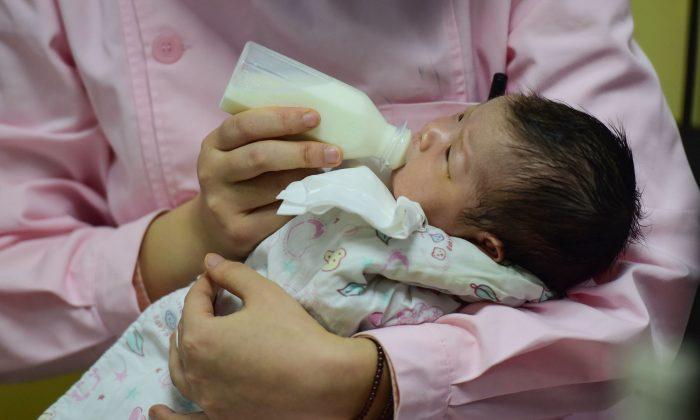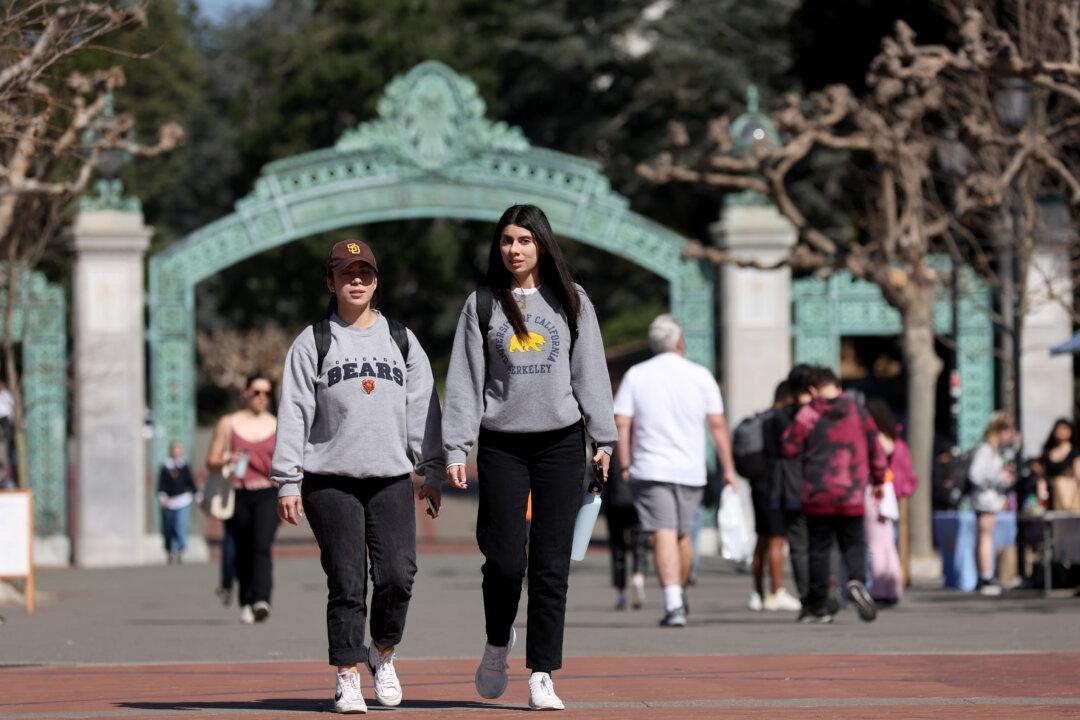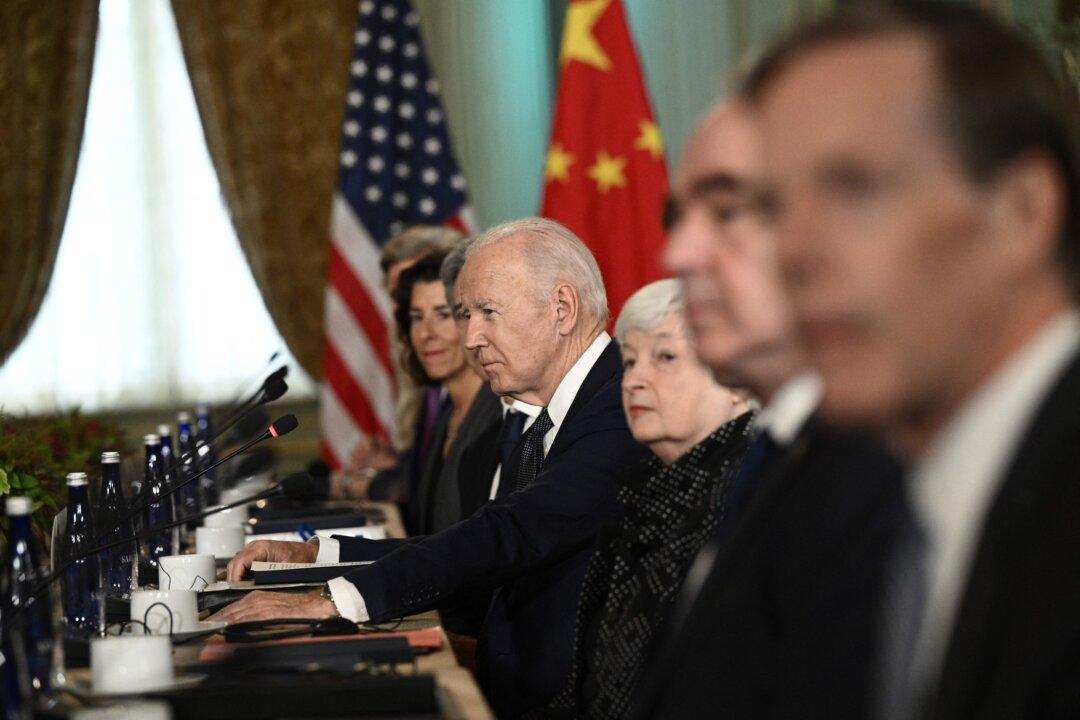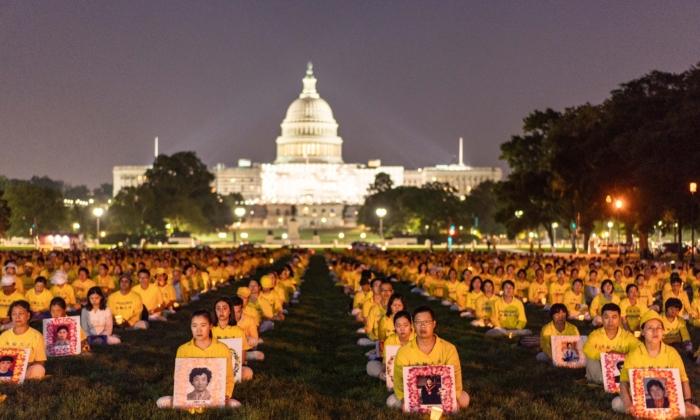Why have the Chinese suddenly decided that now is not the time to have children?
Because China is in the grip of its deepest economic downturn since “the reform and opening” to the outside world began some 40 years ago.
Three years ago, the Communist Party announced an end to the one-child policy, thus ending its 40-year war on the Chinese population—a war that has cost an estimated 400 million lives. Party leaders anticipated a quick uptick in births in response to the policy change, if not an out-and-out baby boom.
But now that the Chinese people are finally free to have two children, they are proving strangely reluctant to have even one.
The National Health Commission had predicted that more than 18 million babies would be born in 2018. The actual number reported on Jan. 21 by the National Bureau of Statistics was only 15.23 million.
In fact, some believe that even these anemic numbers are an exaggeration, and that the most populous country on earth is already filling more coffins than cradles.
Among them is researcher Yi Fuxian of the University of Wisconsin–Madison.
“The year of 2018 was the turning point of China’s population structure, which witnessed negative growth for the first time,” Yi told the Global Times. His numbers show that deaths outnumbered births by more than 1 million: 11.58 million to 10.31 million.
Yi’s belief that China is already in absolute demographic decline is disputed by some, but his critics admit that such a turning point is at most only a few years off. In any event, there is little doubt that the country is already in a full-blown demographic crisis.
Why the Decline?
Some might explain the recent downturn in births by saying that 40 years of anti-natal propaganda have done their work, brainwashing young people into rejecting marriage and children. Others might point to rapid industrialization, urbanization, and rising levels of education as factors that have gradually taken young Chinese, especially young women, out of the business of procreation.
But these explanations hardly explain the precipitous drop in China’s fertility rate over just the past couple of years. At present, Chinese couples are averaging only 1.05 children. This is half the 2.1 children needed for the country to sustain its current population and is among the lowest fertility rates in the world.
China’s current birth rate of 12 births per 1,000 people is by far the lowest level ever in recorded Chinese history. In fact, it is even lower now than during the famine that followed the Great Leap Forward. From 1960 to 1962, even as 45 million Chinese villagers were starving to death, the birth rate hovered around 19 births per 1,000.
This suggests that the economy must be far worse than Beijing would like us to believe.
Naive foreigners may still believe Party officials who claim that the country’s GDP is expanding at an annual rate of 6.5 percent or so, but the Chinese know better. They know that more than 10 million workers have been laid off, that tens of millions of newly constructed homes and apartments stand vacant, and that thousands of businesses, including some of China’s largest firms, are on the verge of bankruptcy. The entire country is so heavily in debt that it’s a dead man walking.
Even China’s most successful high-tech firm, Huawei, is feeling the pinch. Its founder, Ren Zhengfei, whose daughter languishes under house arrest in Canada, announced recently that “bitter days” lie ahead for the company, and warned that layoffs were coming.
All this is to say that China’s economy is in free fall, and the birth rate is following it down.
There is no doubt that birth rates tank during recessions. The Great Depression, for example, slashed the U.S. total fertility rate in half. American women went from bearing four or more children over their reproductive lifetimes down to bearing only two. Americans were understandably reluctant to bring children into a jobless, stagnant economy, or even to marry at all.
As with Americans in the 1930s, the Chinese of today are increasingly wary of marriage and children in the face of a dramatically slowing economy. The fact that per capita incomes in China are far higher than they have ever been is irrelevant to their calculations. Marrying and having children are expressions of hope in the future, after all, not the past, and the future to many working-class Chinese is looking increasingly grim.
Only about 10 million couples registered to get married in 2017, which marked a 7-percent decrease from the year before. The figures for 2018, which haven’t been released yet, are expected to show a further decline. Since the state forbids single motherhood—a vestige of the one-child policy—a decline in marriages presages a further decline in births.
If the economic slowdown has undercut the birth rate, then the reverse is also true: The declining birth rate will cripple economic growth over time as the aging and shrinking of China’s population accelerates.
Old-Age Tsunami
Yi pointed out that China’s current demographic profile bears an ominous resemblance to that of Japan in 1992. It is a snapshot of a society characterized by ever fewer births, a shrinking number of workers, and a surging elderly population.
Japan’s prolonged birth dearth had, by the end of the nineties, produced the world’s first “demographic recession.” I would argue that China’s decades-long one-child policy has now produced its second.
In fact, birth rates in China have fallen further and faster than in Japan because of decades of government coercion. And they will continue to fall because so many millions of females have been eliminated from the population because of a cultural preference for males.
All this is to say that the old-age tsunami that is about to hit China’s economy will be even more severe than the one that sent Japan into recession 20 years ago.
Add to this a further critical difference between Japan and China. The Land of the Rising Sun grew rich before it grew old. The Middle Kingdom is growing old—rapidly—while it is still relatively poor.
Japan possessed the wealth to weather its demographic recession, although its economy has never recovered its original dynamism and vitality. China, which has only recently joined the ranks of middle-income countries, will quickly run out of options.
Economists, impressed by China’s large population and rapid growth, have long predicted that the Asian giant would one day overtake the United States economically. Now, as the ranks of Chinese workers thin and gray, that possibility seems to be receding out of reach.
Japan never became “No. 1”—despite the many predictions that it would—because of its dismal demographics. So, too, will the increasingly moribund Chinese population, along with the heavy hand of the Party-state, ensure that China’s economy continues to lag behind America’s more youthful population and more dynamic economy.
The Chinese Communist Party has only itself—and its wrongheaded war on people—to blame.
Demography is still destiny, after all, even if you have a billion people.
Steven W. Mosher is the president of the Population Research Institute and the author of “Bully of Asia: Why China’s Dream is the New Threat to World Order.”





Friends Read Free